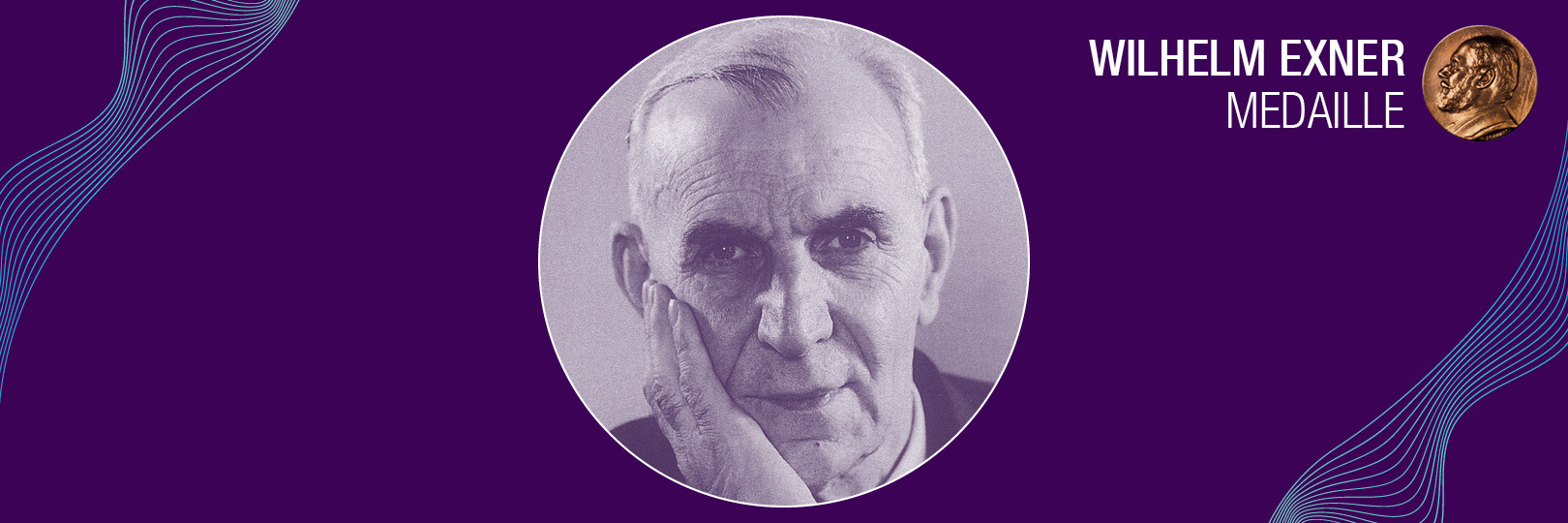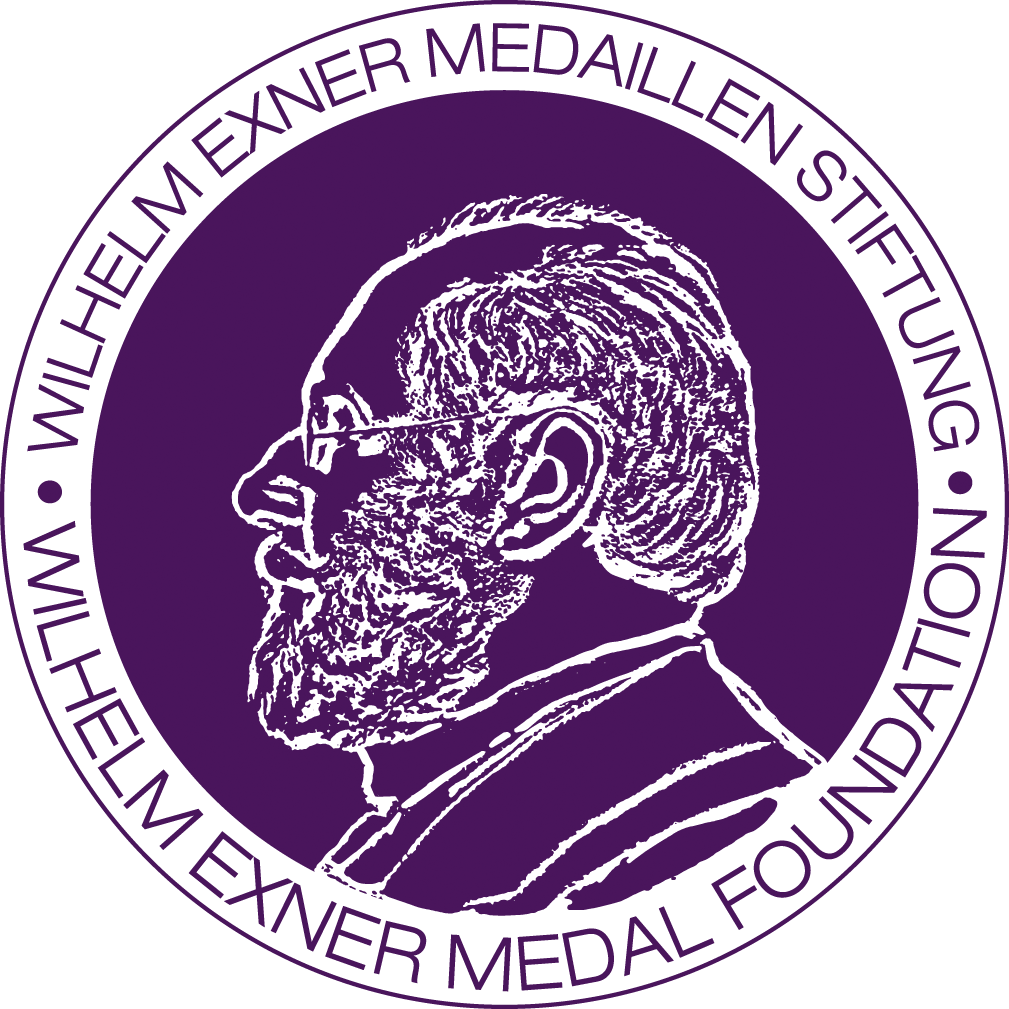
Atomic physics was his passion – numerous further developments in the use of atomic power can be traced back to the French physicist Alfred Kastler. After his studies, he first worked as a physics teacher from 1926. He became a specialist in atomic spectroscopy while working at the University of Bordeaux. In 1941 he went to Paris, and together with the atomic physicist Jean Brossel he developed spectroscopic methods such as the double resonance method and the effect of optical pumping. This served as the basis for the development of masers and lasers, and in combination with methods of high-frequency technology, atomic clocks were produced that allowed far more precise measurements.
Kastler received numerous honorary doctorates and honorary memberships. In 1954 he was awarded the Holweck Prize, and in 1965 the CNRS Gold Medal. For his development of new spectroscopic techniques, he received the Nobel Prize in Physics in 1966.

